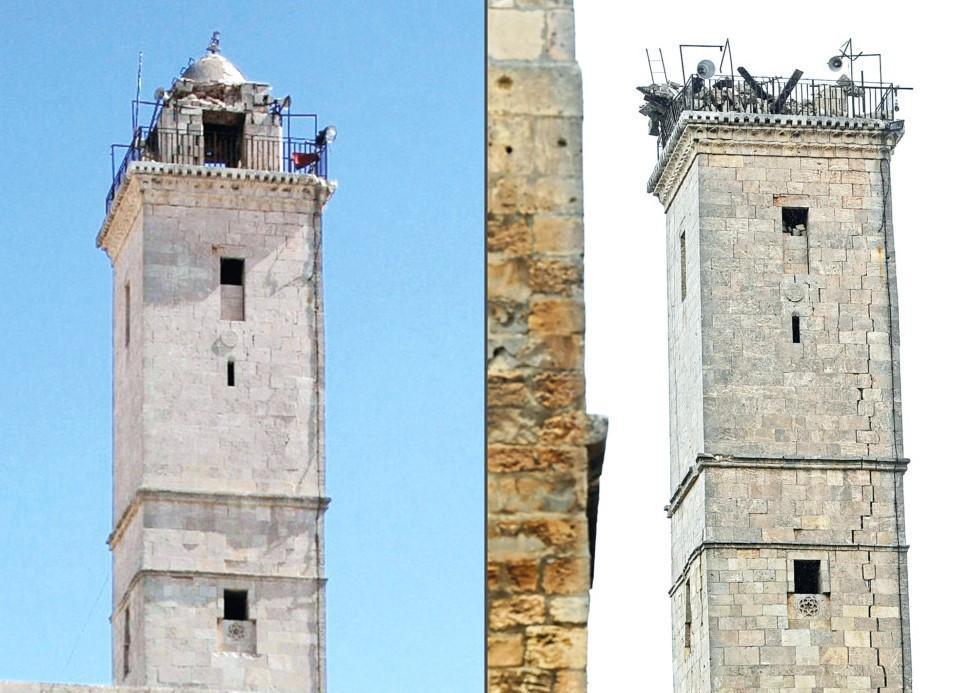
Several of Syria’s archaeological sites including a famed citadel in the northern city of Aleppo were damaged in the deadly pre-dawn earthquake on Feb. 6, the country’s antiquities authority said.
“Parts of the Ottoman mill inside the citadel” of Aleppo have collapsed, while “sections of the northeastern defensive walls have cracked and fallen,” Syria’s Directorate-General of Antiquities and Museums said in a statement.
Parts of the dome of the minaret of the Ayyubid mosque inside the citadel fell off, while the entrance to the fort has been damaged, “including the entrance to the Mamluk tower,” it added, publishing photos of the site on its Facebook page.
The city of Aleppo is renowned for its ancient citadel, its UNESCO-listed historic center and its centuries-old covered markets.
Aleppo was Syria’s pre-war commercial hub and considered one of the world’s longest continuously inhabited cities, boasting markets, mosques, caravanserais, and public baths, but a brutal siege imposed on rebels left it disfigured.
Even before the earthquake, buildings in Aleppo often collapsed due to poor infrastructure after more than a decade of war and little oversight to ensure the safety of new construction projects.
In Hama province, archaeological surveys found that “some buildings inside the ancient Al-Marqab Castle” in the city of Baniyas had been damaged, while parts of the fortifications and a tower had fallen, the antiquities body said.
In Tartus province, part of a rocky cliff fell in the vicinity of the Qadmus castle, and residential buildings on the site collapsed, it added. Expert teams were reportedly assessing the damage, and whether the earthquake had affected the ancient city of Palmyra.